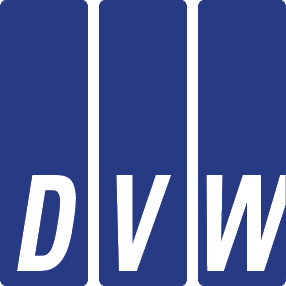Zusammenfassung
3D-Stadtmodelle werden in zunehmendem Maße von Kommunen oder Unternehmen mit hohem Aufwand erfasst. Damit diese Investitionen sich amortisieren, müssen diese Modelle offen für die vielfältigsten Aufgaben etwa aus den Bereichen Katastrophenmanagement, Standortplanung oder der Simulation von Schadstoff- oder Lärmausbreitung sein. Dies setzt jedoch voraus, dass nicht nur die reine Geometrie von urbanen Objekten erfasst wird, sondern ebenso deren semantische Eigenschaften, von der Ebene ganzer Objekte wie Gebäuden bis zu den kleinsten Bestandteilen und Teilobjekten wie Balkonen und Fenstern. Neben dieser Multifunktionalität ist eine weitere Voraussetzung für den Investitionsrückfluss, dass 3D-Stadtmodelle vielfältige Verbreitung finden und problemlos – zwischen verschiedenen Systemen, Formaten und Organisationen – ausgetauscht werden können. Geodateninfrastrukturen (GDI) bieten hierzu sehr gute technologische Voraussetzungen; die zur Einbindung von multifunktionalen 3D-Stadtmodellen nötige Standardisierung der semantischen und geometrischen Aspekte ist bisher jedoch noch nicht im ausreichenden Maße erfolgt. Diese Lücke füllt das interoperable 3D-Stadtmodell der Special Interest Group 3D (SIG 3D) der Initiative »Geodateninfrastruktur Nordrhein Westfalen« (GDI NRW) und seine Umsetzung CityGML. Es definiert die Semantik und Geometrie urbaner Objekte in einheitlicher Weise und dient so zum Austausch von 3D-Stadtmodellen für die vielfältigsten Anwendungen. Das Modell basiert auf dem Konsens der fast 70 Mitglieder der SIG 3D, die alle für 3D-Stadtmodelle relevanten Bereiche vertreten. Der Artikel gibt einen Überblick über das Modell der SIG 3D und fokussiert dabei auf das Gebäudemodell und das Digitale Geländemodell, die beide in unterschiedlichen Detaillierungsgraden repräsentiert sind.
Summary
An increasing number of municipalities and companies make efforts to build up 3D city models. These investments only pay off if these models are reused for manifold tasks and applications, for example disaster management, spatial planning, simulation of pollutant or noise dispersion, or navigation. The precondition for the suitability for these applications, however, is that the models are not restricted to comprise only geometrical properties, but in addition the structure and semantics of objects like buildings and object parts like balconies and windows. Besides being multi-functional, another prerequisite for the return of investment is, that 3D city models are widely distributed and can easily be exchanged between different formats, systems and organizations. Spatial data infrastructures (SDI) may be used to perform this task, but up to now there exists no appropriate standard being sufficient to specify multi-functional 3D city models. This gap is closed by the 3D city model of the »Special Interest Group 3D« (SIG 3D) of the initiative »Spatial Data Infrastructure North Rhine-Westphalia« (GDI NRW) and its implementation CityGML. It specifies the geometrical and semantic properties of urban objects in a unified way and thus may be used for exchanging 3D city models for a variety of applications. The model is the result of a consensus process of the approximately seventy SIG 3D members, coming from all fields concerned with 3D city models. The paper provides a survey of the SIG 3D city model and focuses on the building model and the digital terrain model, both being represented in different levels-of-detail.

